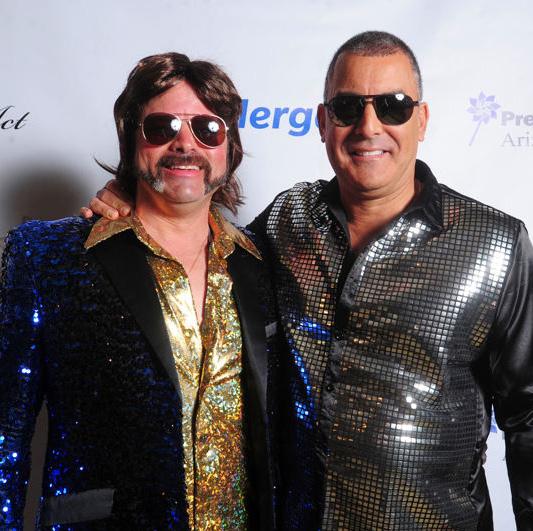{ DUAL PERSPECTIVE }
Plastic surgeon shares lessons learned after her cancer diagnosis
By Kendra Y. Mims
When Anne Peled, MD, a San Francisco-based plastic and breast cancer surgeon, discovered a lump in her breast during a routine selfexam at age 37, she never suspected
breast cancer. Dr. Peled had no family history of the disease. She lived a healthy lifestyle and exercised often. She presumed the lump was a cyst until a biopsy revealed stage 1 breast cancer. Although Dr. Peled frequently informed women of their diagnosis and treatment options, she found herself unexpectedly facing breast cancer through the lens of a patient. Dr. Peled weighed her options carefully. The cancer had not spread, and she didn’t need chemotherapy. After receiving negative genetictesting results for breast cancer gene mutations, she reached out to a trusted plastic surgeon and colleague in Vancouver, Wash., to schedule a lumpectomy with oncoplastic reconstruction, a breast-conserving technique that only removes a portion of the breast and reshapes a woman’s breast using her own tissue. Dr. Peled credits her surgical team for her optimal aesthetic outcome by using the hidden-scar approach she performs on her patients. “I felt very strongly about not wanting a visible reminder of cancer every day, so I’m grateful to my surgeon for his surgical scar management,” she says. “As a plastic surgeon, I’m always thinking about what recovery looks like and how we can get people back to their lives quickly and safely –
Left: Anne Peled, MD, before surgery. Above: Dr. Peled and husband Ziv Peled, MD, in the operating room.
whether it’s cosmetic or reconstructive surgery. I thought about that for my own recovery, and I had a team that helped me think through my options and supported my decision. I was comfortable with my treatment plan and felt it would be less invasive and obtrusive to my life.” A year after the initial diagnosis, Dr. Peled says she will need alternating mammograms and MRIs every six months for most of her life. She is also required to take estrogen-blocking medication for five years, but she has no regrets about her decision. As an avid runner and triathlete, Dr. Peled says choosing a procedure that preserved most of the appearance and sensation of her breast weighed heavily in the decision-making process. “Women tend to lose all sensation
in their chest area after a mastectomy, which can really negatively impact their lives,” she says, recalling her friend’s inability to feel anything while trying on bras after a mastectomy. “When weighing my options, I had to consider how each surgery would impact my ability to exercise and get back into my active work and home life,” she says. One of the main benefits of oncoplastic reconstruction done at the time of lumpectomy is using your own tissue to reshape your breast, which maintains sensation and a natural feel to your breast tissue. “We can make some women’s breasts look better than they did before surgery with a breast lift or reduction done in conjunction with lumpectomy,” she adds. “This option PSN: BREAST RECONSTRUCTION 2019 l
17














